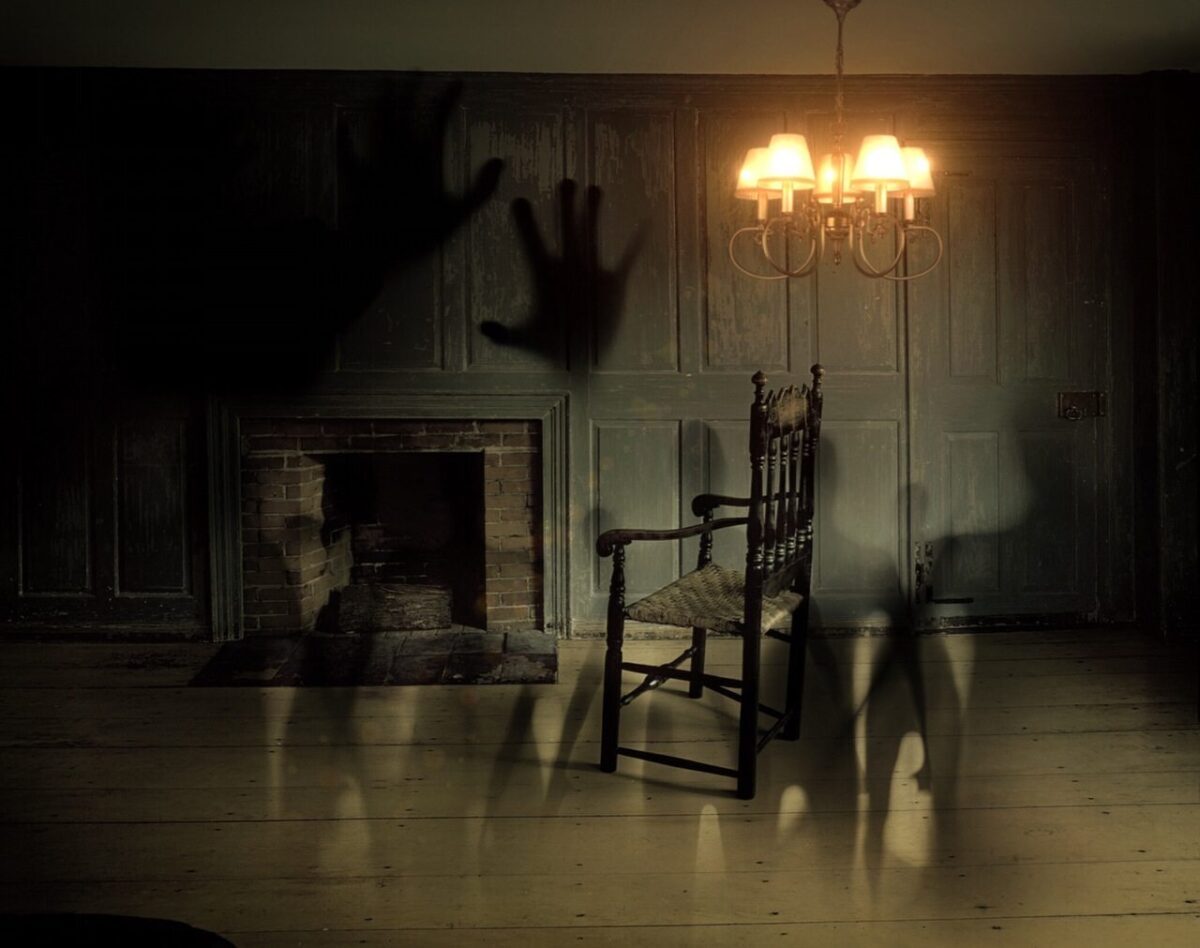
Common Phobias: Living In Fear
Being afraid of things is very common and typical. Fear is a natural response to an immediate threat. It is natural to be afraid of things if they pose you danger and it is natural to worry about something that is going to happen in the future. It happens to everybody and it is something that is very common and typical. However, when does that fear and anxiety turn into phobia? How does one become so terrified of a certain thing that he avoids it at all costs? A phobic will concentrate on that stimuli that brings them fear if it’s present and cannot look away. What keeps them in that vicious cycle? Well, that whole escaping mechanism. Of course, we tend to escape things that scare us but if we do it and then we feel relief for escaping them, then we are actually reinforcing ourselves to be scared of that object or stimuli. If we stick around and see that, actually, there is nothing to be scared of, then we might be able to get rid of the phobia. There are many phobias in the world but there are some that stick out. Common phobias are persistent over time and appear everywhere around the world.

Common Phobias: Living In Fear
Specific phobias divide into different subtypes:
- Situational subtype: you are afraid of a certain situation, like flying or bridges
- Blood-injection-injury subtype: you are afraid of any type of injuries or anything that has to do with blood
- Animal subtype: you are afraid of animals
- Natural environment subtype: fear of something that occurs in nature like lightening or water.
Specific phobias include an unreasonable, irrational and excessive fear that is triggered by a presence or anticipation of that stimuli that fears them or a specific situation. People will showextreme anxiety when they are presented with the stimulus, in many cases they will have a panic attack, which is why they keep on avoiding the stimulus to the best of their abilities. This avoidance behavior, many times, causes impairment in their daily functioning and daily activities.

Common Phobias: Living In Fear
Common phobias include:
- Agoraphobia: fear of crowds or leaving home or a safe place. People are scared to be in a place where they cannot escape and often experience panic attacks when they find themselves stuck in a crowd.
- Acrophobia: fear of heights. A very common one. People tend to avoid tall buildings, balconies bridges and anything else that brings forward their fear.
- Arachnophobia: fear of spiders. Falls within the animal subtype. This phobia has gender differences and women are more likely to have it than men.
- Cynophobia: fear of dogs. A lot of times brought on by a traumatic experience involving a dog.
- Mysophobia: fear of contamination. Germs and dirt make people anxious and fearful. This phobia is closely related to Obsessive-Compulsive Disorder.
- Ophidiophobia: fear of snakes
- Pteromerhanophobia: fear of flying. Very common but very easily treated with exposure therapy using systematic desensitization and gradual exposure to flying objects and in the end, flying itself.
- Trypanophobia: fear of injections
- Astraphobia: fear of thunder and lightning.
- SOCIAL PHOBIA: one of the biggest and most common phobias in the world. People fear social situations and they avoid places and situations where the anxiety attack will be triggered. Social anxiety disorder (social phobias) involve being afraid of feeling inadequate, embarrassed and humiliated. Social phobias themselves divide into three categories.
- Interaction phobias: mixing with others
- Performance phobias: public speaking or eating with others
- Generalized phobias: any type of situations that involve people

Common Phobias: Living In Fear














